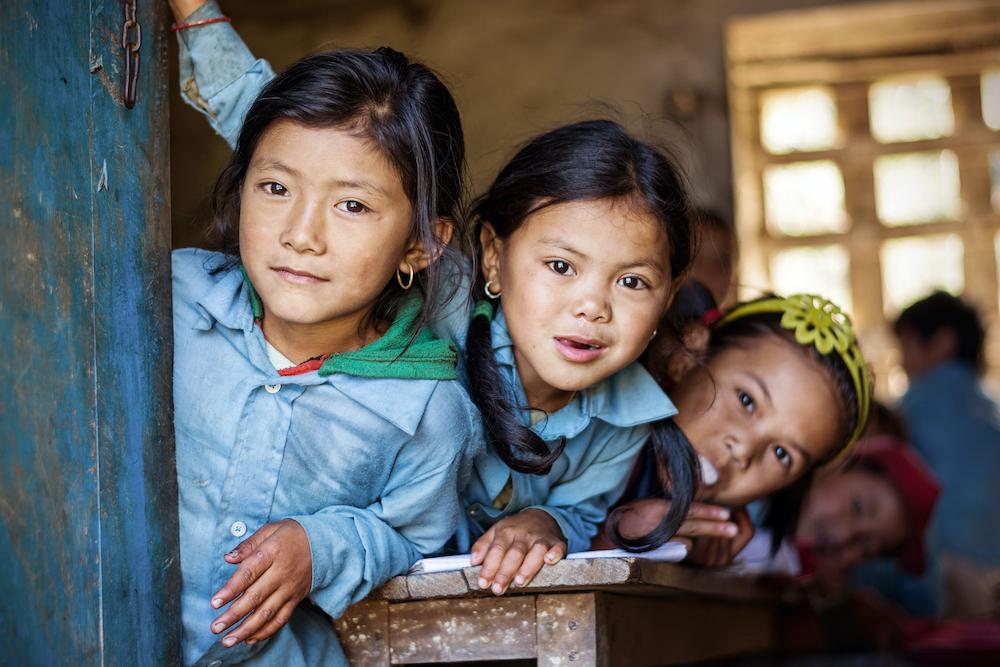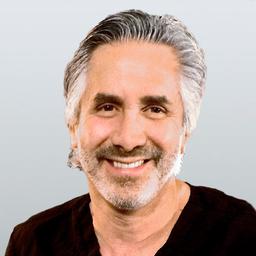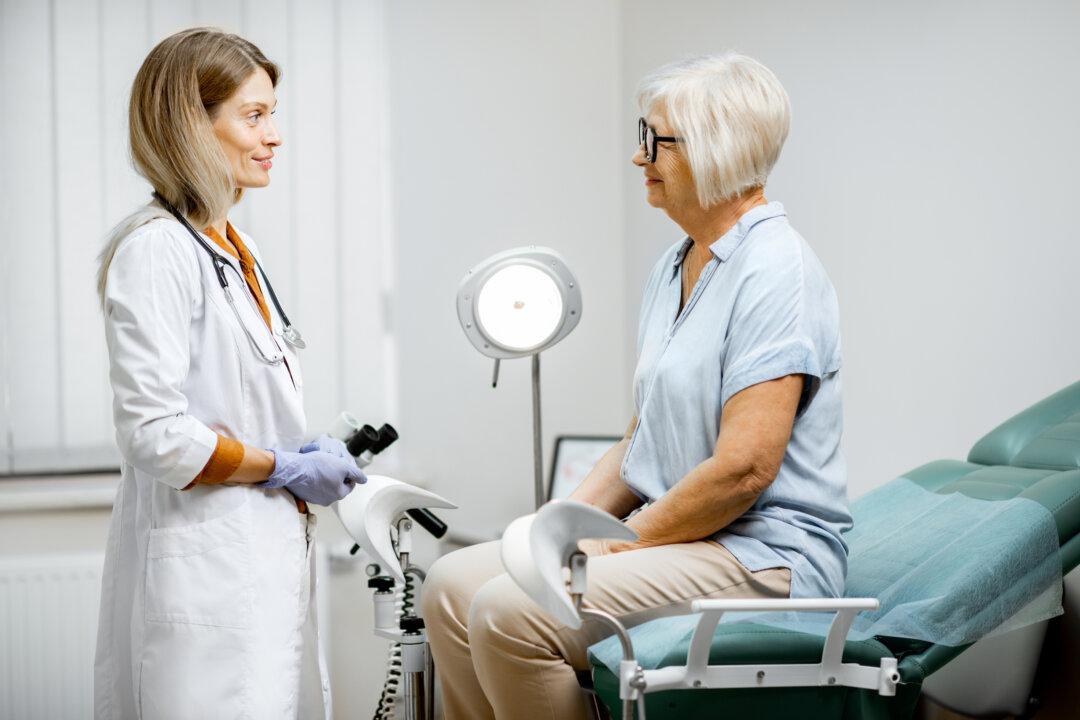I don’t remember her name, but I do remember her courage. We had all our gear packed, and we were ready for our caravan to take us back to “civilization.” Our guide received a call that a woman was about two hours out and badly needed to see the “doctor” who she heard was visiting from America.
We had an eight-hour trek by car ahead of us in our Tata Jeeps, driving down what was nothing more than a goat path. Travel time in this part of the Himalayas, in Nepal, is measured by walking. This woman was two hours away by foot, not by car; she had been already walking for six hours trying to get to us. It’s fascinating that travel time here is measured by walking, and yet there is better cell reception than I have at home.






